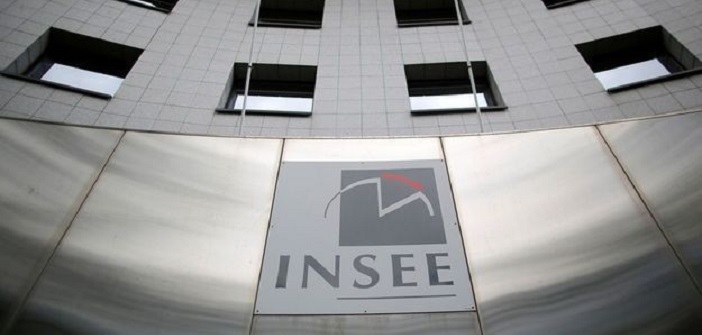Growth in France was 1.5% in 2018, compared to 2.3% in 2017, despite a slightly better-than-expected result in the fourth quarter, where the gross domestic product increased by 0.3% according to an initial estimate published by INSEE on Wednesday, January 30.
Household consumption expenditures slowed significantly in the last quarter of 2018, affected by the “yellow vests” movement and showing zero growth, compared to 0.4% in the previous quarter.
Foreign trade supported the economy in the fourth quarter, as did the total production of goods and services, which increased by 0.4%.
Investment remained “sluggish” and inventory changes negatively impacted the gross domestic product growth by 0.1 point.
Over the year: Exports increased by 3.1% (compared to 4.7% in 2017). Imports rose by 1.1% (compared to 4.1%).
Initially, INSEE had forecasted a rebound in activity to 0.4% between October and December, mainly due to the purchasing power gains from the reduction of the housing tax for 80% of households.
However, the climate of uncertainty linked to the “yellow vests” movement subsequently led the public body to halve its forecast to account for the impact of the demonstrations on consumption.
In its latest forecasts, the IMF thus lowered its growth forecast for France to 1.5% in 2019, compared to the 1.7% predicted by the government.


